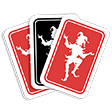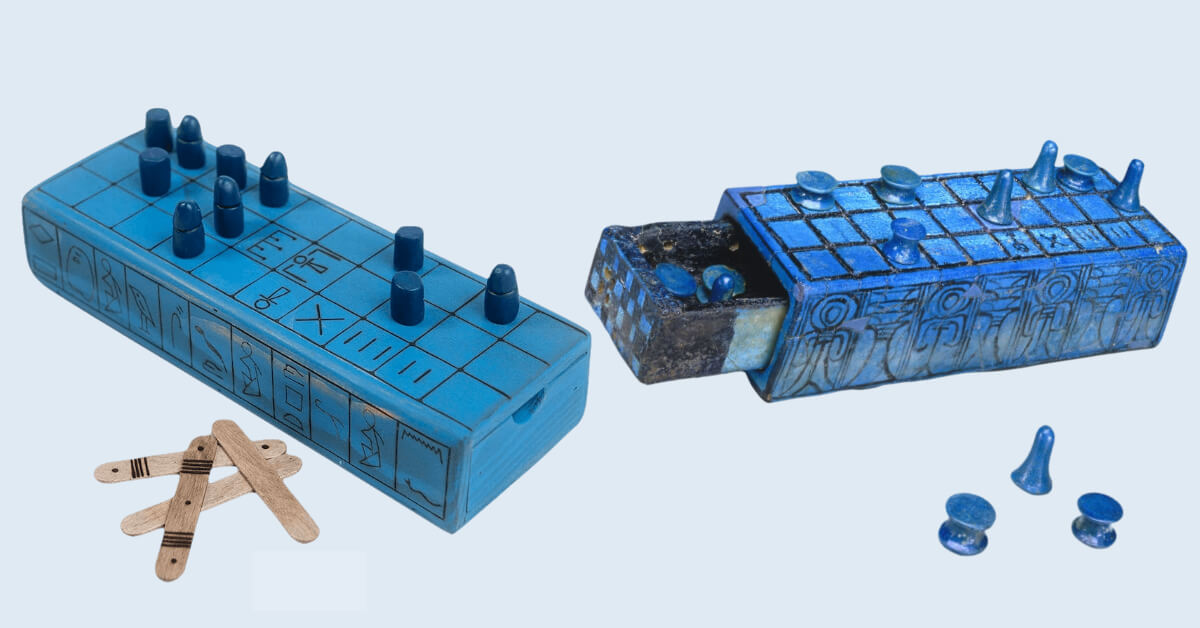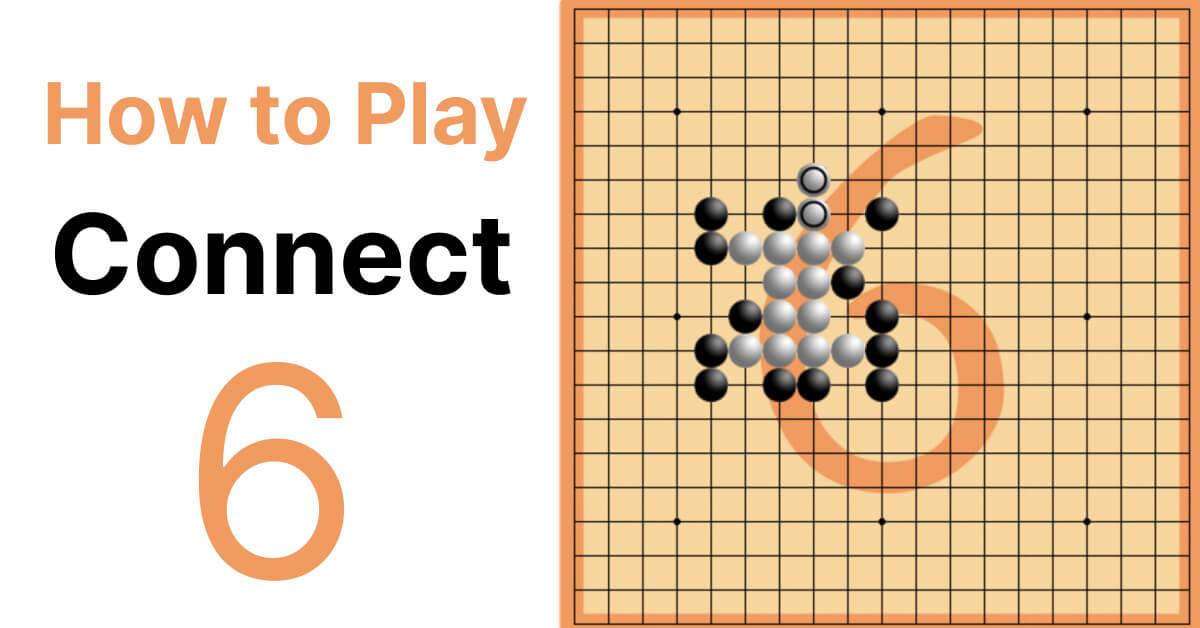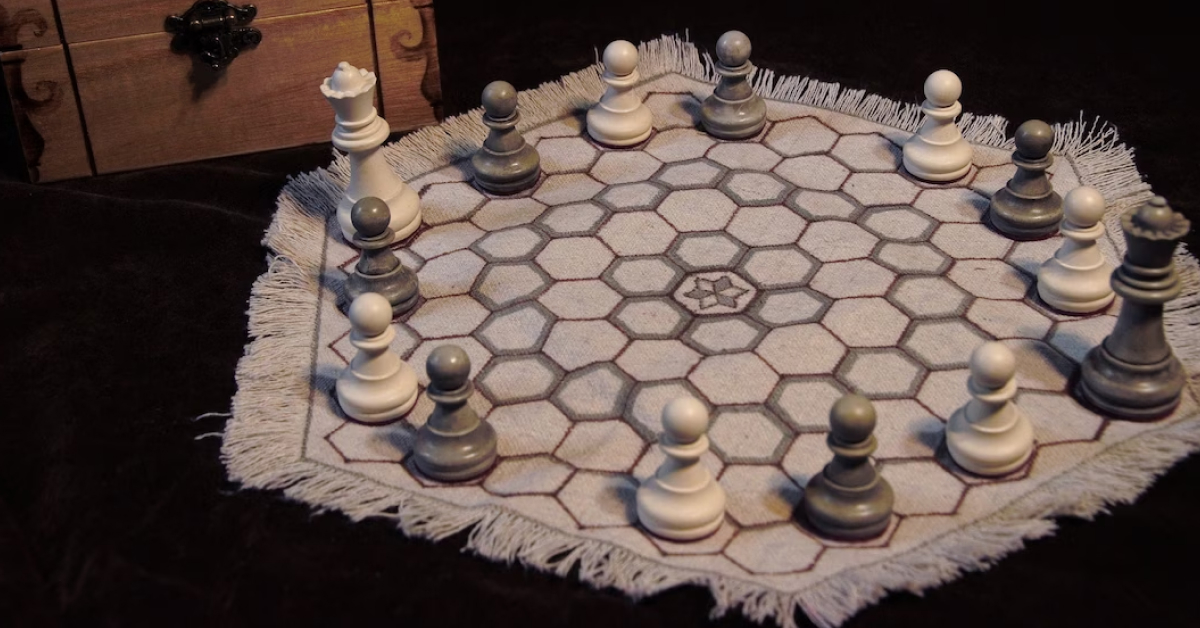In the vast realm of ancient board games, few are as captivating and mysterious as the Senet Board Game. Originating in ancient Egypt over 5,000 years ago, Senet is a game that has withstood the test of time, fascinating historians and board game enthusiasts alike. With its unique blend of strategy, chance, and symbolism, Senet offers players an opportunity to connect with the past while enjoying a challenging and rewarding gaming experience. In this comprehensive guide, we will delve into the history, rules, and strategies of the Senet Board Game, enabling you to embark on your journey to master this ancient board game.
A Glimpse into the History of Senet
Before we dive into the rules and strategies of Senet, let’s take a moment to appreciate its rich history. Senet, which means “passing” or “passing game” in ancient Egyptian, was more than just a pastime. It held a deep spiritual significance for the Egyptians, believed to be a means of connecting the living with the afterlife. The game was often placed in tombs, with the belief that the deceased could play it in the afterlife, using the game to navigate the treacherous journey to the realm of the gods.
Senet boards have been discovered in archaeological excavations across ancient Egypt, emphasizing its cultural importance. These boards varied in size, with some intricately designed and beautifully adorned, while others were more simplistic, carved into wooden planks. The game pieces, typically in the shape of cones or pyramids, were made from materials such as wood, ivory, or stone.
Understanding the Senet Game Board
Before you can begin playing Senet, you must familiarize yourself with the game board. A standard Senet board consists of 30 squares, arranged in three rows of ten. Each player has five game pieces, and the goal is to move these pieces across the board, from the starting area to the endpoint.
The squares on the Senet board hold specific meanings:
1. Safe Squares (House Squares):
These are the first ten squares, where your game pieces start. They are considered safe and protected from your opponent’s game pieces.
2. Playing Squares:
The middle ten squares are where the action takes place. Game pieces can move forward, backward, or even skip some squares depending on the roll of the dice.
3. Water Squares:
The last ten squares are often considered dangerous, as landing here could result in setbacks for your game pieces.
Senet Rules and Gameplay
Senet’s gameplay is relatively simple, but it requires strategic thinking and a bit of luck. Here’s a step-by-step guide to playing Senet:
1. Setup:
Place the Senet board between the two players, with each player’s five game pieces in their respective starting area (safe squares).
2. Objective:
The objective of Senet is to move all your game pieces from the safe squares to the endpoint before your opponent does.
3. Rolling the Dice:
To determine how many squares you can move, you’ll need four sticks or a simple dice-like object. Each stick has one marked side and one unmarked side. Throw the sticks, and the number of marked sides facing up dictates your move (e.g., if two sticks have marked sides up, you move two squares).
4. Moving Your Pieces:
You can move your game pieces forward along the playing squares according to the number rolled on the sticks. You can also move your pieces backward, but only if there are no opponent’s pieces on the square you want to land on. Additionally, you can skip over opponent’s pieces, but they cannot be skipped if they are on their safe squares.
5. Special Squares:
Pay attention to the special squares on the board. Square 26 is known as the House of Rebirth, and if you land here, you get a bonus turn. Square 27, the Waters of Chaos, is often considered a dangerous square, as landing here may send your piece back to the start.
6. Captive Pieces:
If an opponent lands on a square occupied by one of your pieces, your piece becomes a captive and is placed in your starting area. You must then roll a specific combination to release it back onto the board.
7. Winning the Game:
The first player to move all five of their pieces to the endpoint (squares 28-30) wins the game.
Strategies for Success
While Senet has an element of luck, there are strategic considerations that can improve your chances of winning:
1. Control the Center:
Try to maintain control of the central playing squares, as they offer greater mobility and protection for your game pieces.
2. Watch Your Opponent:
Pay close attention to your opponent’s moves and adapt your strategy accordingly. Block their progress when possible and take advantage of their mistakes.
3. Use the House of Rebirth:
Landing on Square 26, the House of Rebirth, can be a game-changer. Use it to your advantage to gain extra turns and accelerate your progress.
4. Be Cautious with Water Squares:
Approach the Waters of Chaos (Square 27) with caution, as it can lead to setbacks. Plan your moves around this square carefully.
Conclusion
Senet, the ancient Egyptian board game, offers a unique blend of history, strategy, and chance. As you embark on your journey to master Senet, remember its rich cultural significance and the spiritual connection it held for the people of ancient Egypt. Whether you’re playing for fun or seeking to unravel the mysteries of this timeless game, Senet is a captivating experience that transcends millennia. So, gather your game pieces, roll the sticks, and may the ancient spirits of Senet guide your path to victory.




